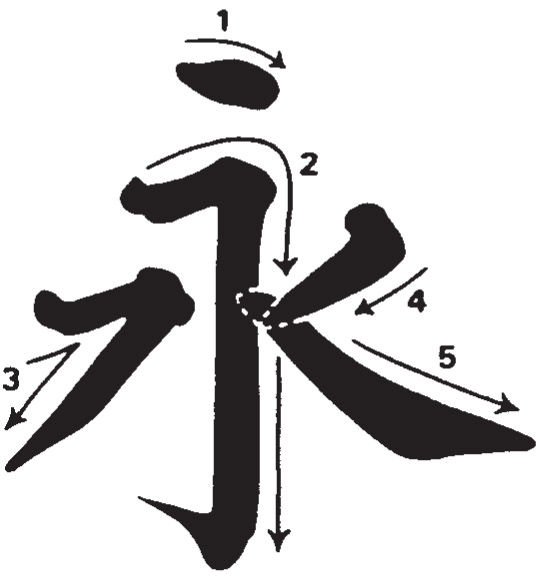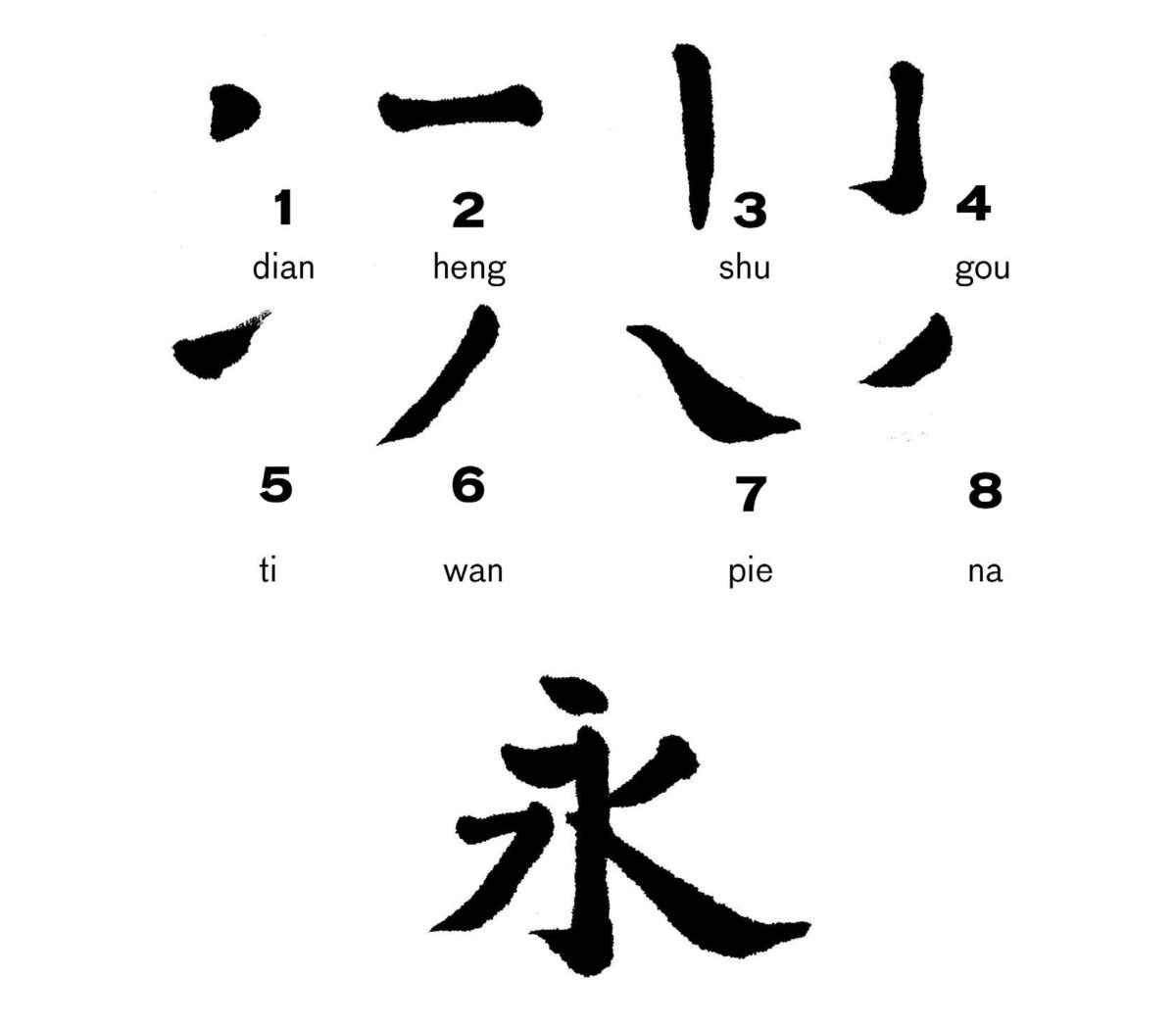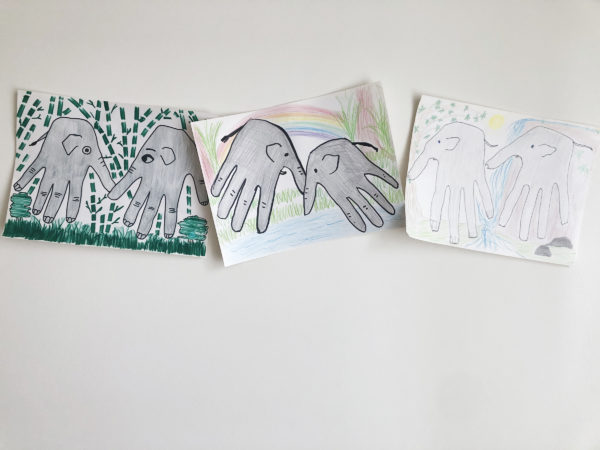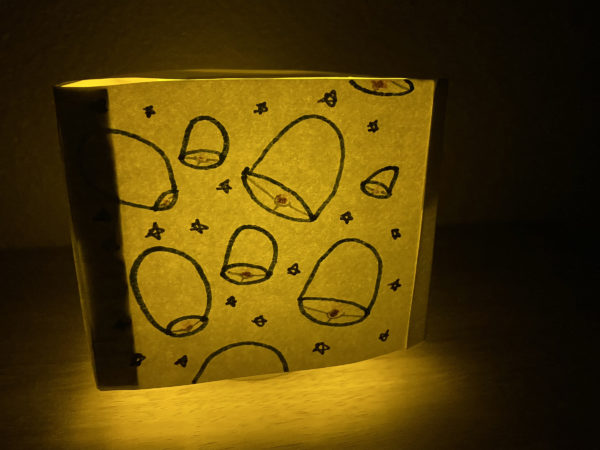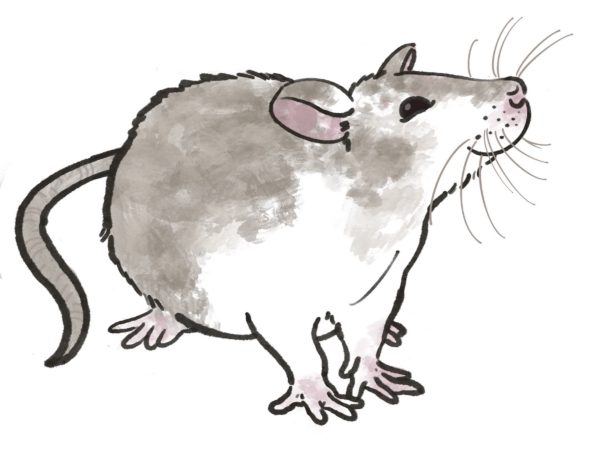In China, painting and writing developed hand in hand, sharing the same tools and techniques. Chinese writing is composed of block-like symbols which stand for ideas. Sometimes called “ideograms,” the symbols more often are referred to as “characters.” These characters, which evolved from pictograms (simplified images of the objects they represent), were modified over time to represent more abstract concepts. Calligraphers soon codified and regularized these symbols, designing each one to fit into an imaginary square, whether it is composed of one or sixty-four strokes. Furthermore, writers draw each of the strokes of a character in a particular order, essentially from left to right and from top to bottom. This information is essential for readers trying to decipher cursive script styles where some or all of the strokes are joined together.
The brush is held upright in the hand. The calligrapher can create a heavier stroke by pressing down and a lighter stroke by lifting the brush up from the paper. Lightness and darkness also vary as the amount of ink in the brush is used up. This creates visual interest through variation in line, thickness, and perceived motion. Chinese calligraphers often employ many poetic terms or phrases to describe particular strokes or styles.
The character yong (which means eternity) contains eight strokes and dots that beginning calligraphy students learn as the basis for many other strokes.
Other brush and ink stroke terms:
Axe-cut strokes: Sharp angled strokes made with the side of the brush like the effect of an axe chopping into wood; associated with an artist from the Northern Song.
Feibai “flying white”: An effect seen in brushstrokes when the drier tips of the brush begin to separate, causing the stroke to appear as a set of thin parallel black lines against a white background.
Gongbi: Finely detailed brushwork, typically seen on academic paintings of birds, animals, and flowers on silk.
Hemp fiber strokes: Brushstrokes used in landscape paintings that resemble long, slightly wavylines of fiber; associated with several artists from the Five Dynasties.
Jiehua “ruled-line painting”: very straight, parallel strokes used on detailed paintings of buildings, ships, mechanical devices, street scenes.

